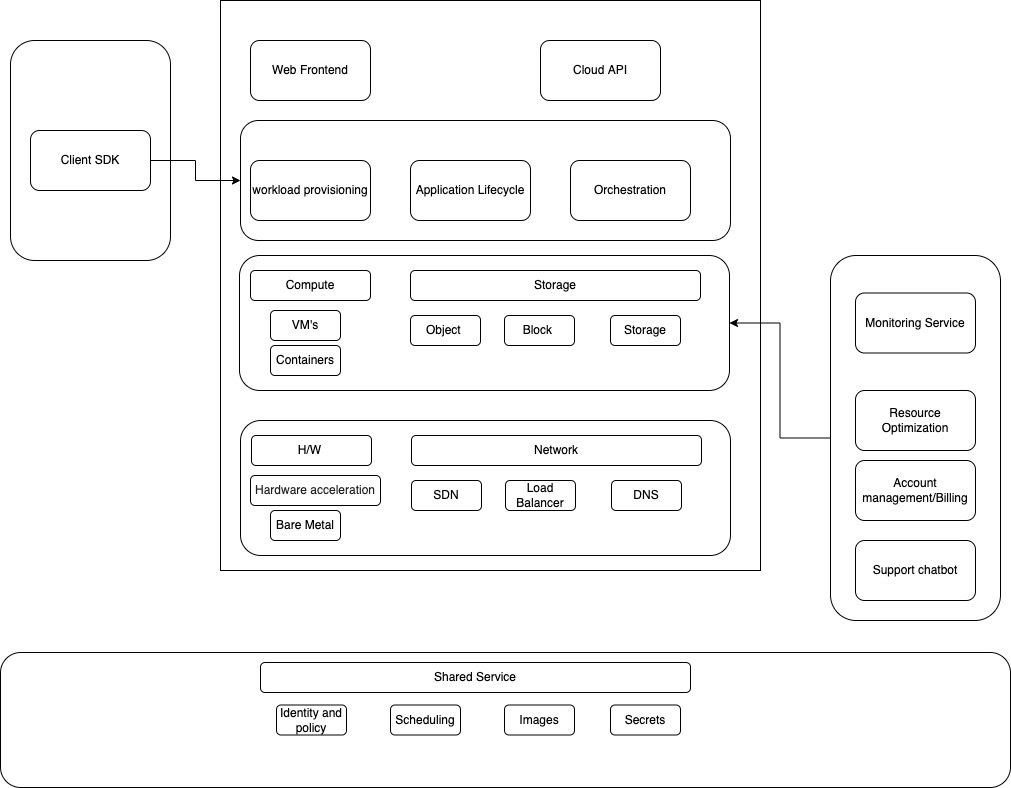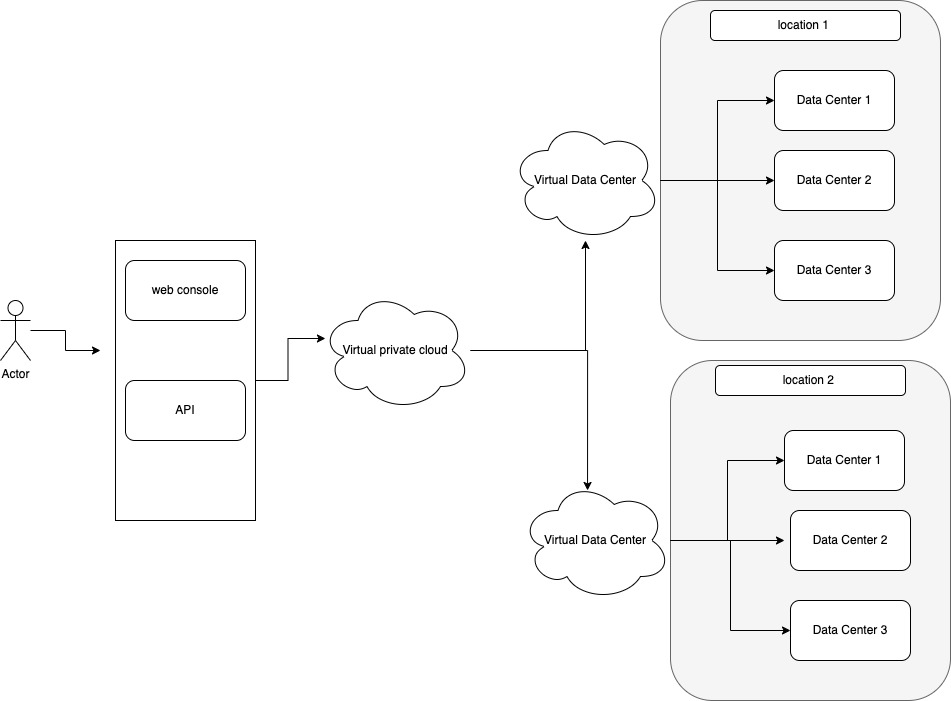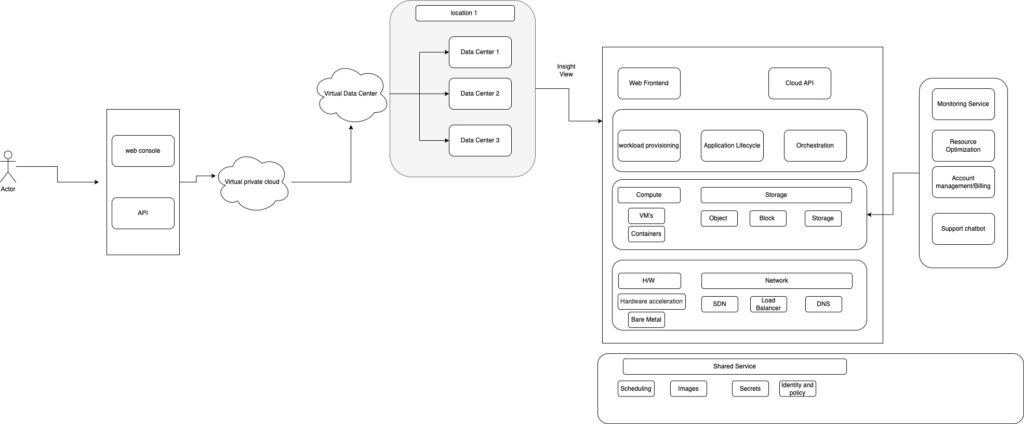
Is this the Yanni’s iconic composition – it is the time to realize the concept of mother nature while listening to Yanni’s music.
Concept: The big question
We are string with a question – is there any alternative option to virtualization?
Public clouds are safe to use – what would be strategic vision for cloud native architecture in future
Who is to blame if public clouds services are down – are you frustrated anymore?
Clouds are the abstraction and more specifically “the illusion” that brings to your naked eyes – under the hood all complex works are done by cloud provider with an agreement that we overlook always.
- Cloud IAM policies – provider defines super set policies and obviously comes with boundary, but it is the user/organization who must take care and narrow down the policies that provides granular level access to service.
- IAM User – defines user with minimum policies granted – shouldn’t provide any super admin policies attached with user rather use service specific admin.
- Network – use of CIDR block to define and segregate account(s) and can survive in case of data centre failure in public cloud -avoid traffic over internet while upload/download data to object storage
- Create backbone devops setup for infrastructure spin up that might reduce exposer of keys for connecting the cloud infrastructure
- Monitor infrastructure in use and check for any sudden activities that cost in no use.
Cloud architecture Inside: Strategic View:

Virtual Data Center and Virtual private cloud:

Each Cloud AZ/Zone are the connected data centres that are designed to hold customer virtual machine either in dedicated rack or shared rack – in case of data centre failure it automatically back up data from one data centre to connected data centre – what about region does it exist at all?
Future Architecture vision: Rain
What is the main problem statement?
Decentralized of virtualization – let’s customer focus on single AZ and cloud provider earn trust not to use resilient architecture for customer – they can sleep with trust that data center failure can be handled in cloud provider and with no downtime service can be running as if there is no failure.
Decentralized local connected data centers are called drop of rain – it is for customer virtual machines and data(s).
Segregate customer network with cloud provider network – no customer data cannot relate to internal private network of service provider
Connected data center/data center and it connect inside view independent operation – let’s simplify the operation
Independent controller for storage layer
Independent controller for network layer
Independent monitoring for services within the data centers/connected data centers
Segregate cloud provider private network data traffic with customer data traffic
Independent compute engine for account/billing/business logic for billing

It is seamless to user as they continue to enjoy cloud service, but customer is connected to each rain drop– it simplifies the architecture view – cost of resilience architecture
Conclusion:
Rain can save you from hot running cost, provide security insight, can also enjoy many rains drops if opt for multi geographic zone-based use case
Well – but it is the responsibility of user/customer to manage capacity management for cloud provider – data center has its storage capacity limit; long term plan announcement can only help everyone for capacity management and plan it in better way.
This is why long term VM’s provisioned with discount!